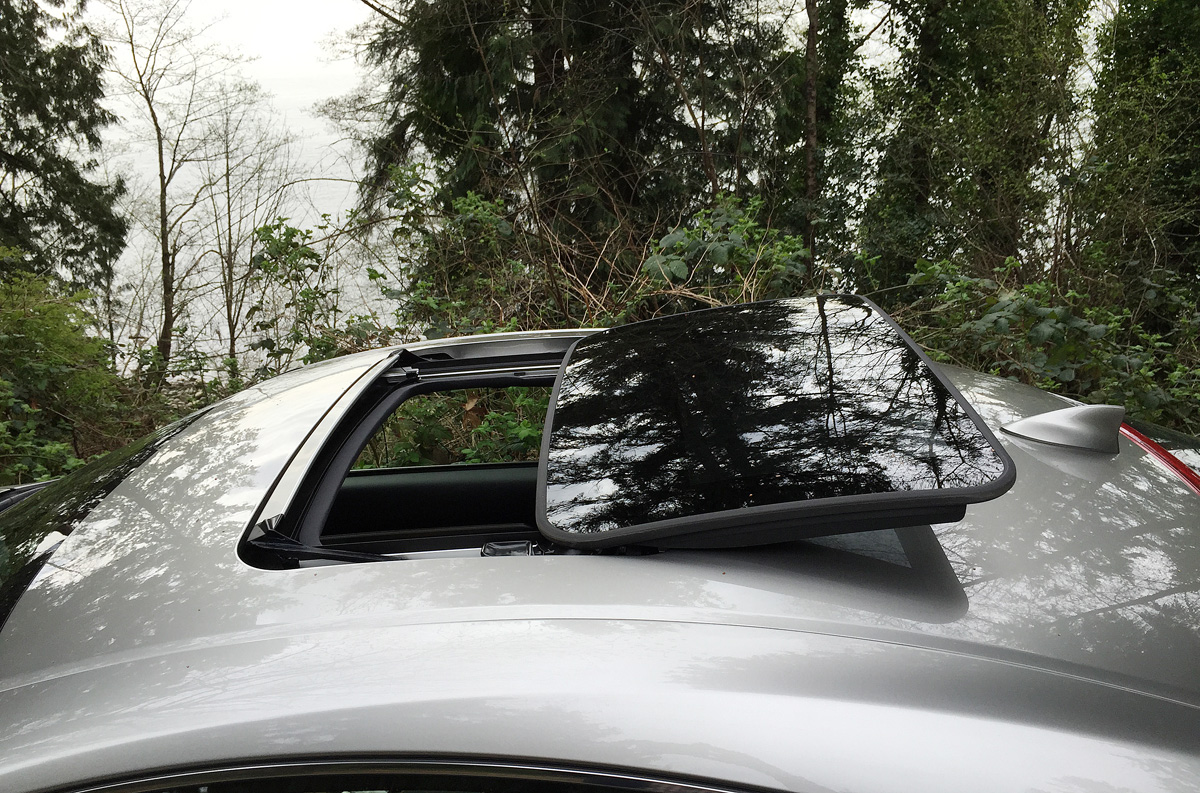What's the difference between a sunroof and a moonroof?

I let in light, but I’m not a window. I used to be rare, but now I’m almost as common as a radio. What am I?
The answer is a sunroof — or a moonroof, depending on whom you talk to.
Before we get specific, let’s get into a little history. The sunroof has been around in some form or another since the early days of the automobile, and the name moonroof wasn’t thrown around until the 1970s. The two terms today are, for the most part, interchangeable.
The former is a retractable roof panel that lets light and air into a vehicle, and sometimes made from an opaque material. The latter serves the same function, but is fully glass and lets in light even when closed. Modern manufacturer-offered units are fully electric and feature manual or motorized sunshades that slide underneath to keep out the sun when unwanted.
Now that that’s cleared up (is it?), here are three varieties of sun/moonroofs you will most likely run into.

Built-in
The built-in sunroof is arguably the most ubiquitous of all the different types. The panel slides inside the metal roof of the car and out of view, affording a generous opening at the cost of some headroom. It only fits vehicles that have a large roof to accommodate the full panel, and usually also includes a one-touch open/close button, and a tilt operation that props up the rear half to allow air ventilation. This can be found on cars like the Honda Civic and the Mazda6.

Spoiler
For smaller vehicles that can’t accommodate a built-in sunroof, the solution is a spoiler. I’m not talking about an aerodynamic wing, but a sunroof that slides up and overtop of, rather than into, the metal roof. It still normally has the same functions as the built-in, like rear tilt. This type works perfectly for two-door sport cars like the Porsche Cayman and Lexus RC 350.

Panoramic
Found more and more on newer models, a panoramic moonroof features multiple glass panels spanning much of the roof area. Often the forward-most panel will open, while the rearward sections remain fixed. An advantage of this system is that it lets in a lot of ambient light, and can provide a particularly magnificent view on a clear night. Examples of vehicles with available panoramic moonroofs include the Hyundai Santa Fe and MINI Cooper.

